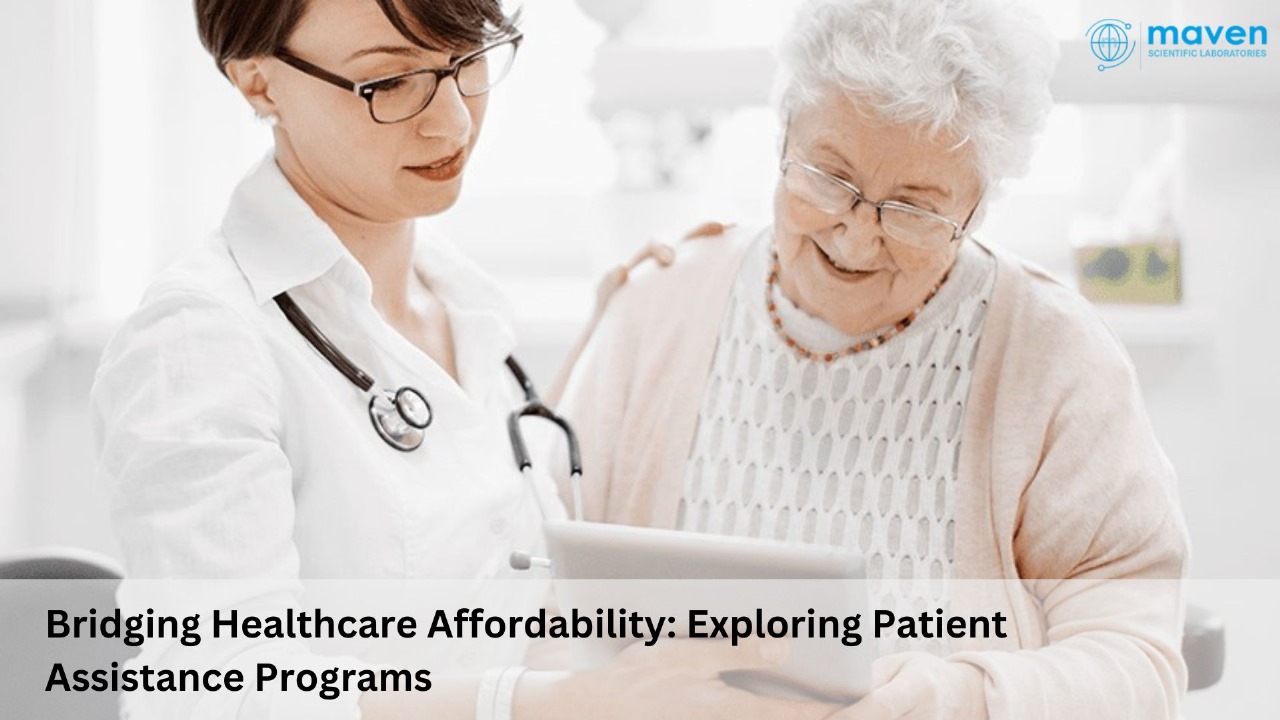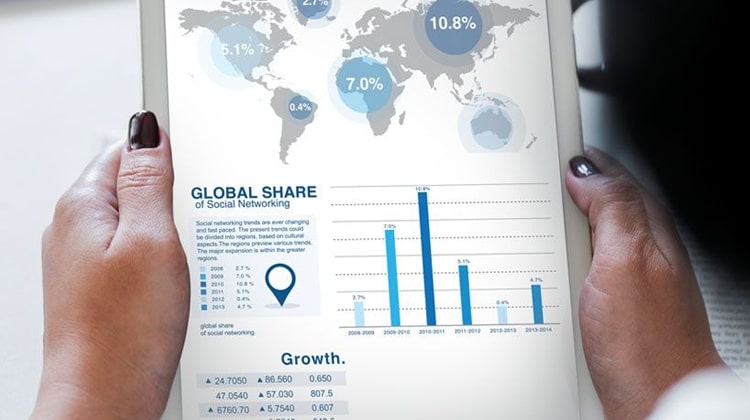
Affordable Care For Every Patient: The Essential Role Of Patient Assistance Programs
Healthcare costs in the modern era often feel insurmountable, especially for uninsured or underinsured individuals. Patient Assistance Programs (PAPs) have emerged as vital resources, offering lifelines to those struggling to afford essential medications. While these programs exist globally, this blog focuses on the U.S. healthcare landscape, examining what PAPs are, their differences from Patient Support Programs (PSPs), the types available, eligibility criteria, challenges, and how these programs can be optimized for greater impact.
Understanding Patient Assistance Programs
At their core, PAPs aim to provide free or reduced-cost medications to individuals who might otherwise go without. These programs, typically operated by pharmaceutical companies, non-profit organizations, or government agencies, bridge the gap between medical necessity and financial accessibility. While PAPs are a global phenomenon, their structure and availability vary significantly, reflecting the unique healthcare systems and patient needs in each region.
PAPs vs. PSPs: Complementary Pillars of Support
Although interconnected, PAPs and PSPs serve distinct purposes:
- PAPs focus on financial assistance, ensuring patients receive essential medications at little or no cost.
- PSPs provide broader support, including medication adherence guidance, disease education, lifestyle coaching, and help navigating insurance and reimbursement processes.
Together, they create a holistic framework, addressing both the financial and educational aspects of patient care.
Types of Patient Assistance Programs
PAPs cater to diverse patient needs and can be classified into several categories:
- Manufacturer-Sponsored PAPs: Funded by pharmaceutical companies, these programs provide medications either for free or at significant discounts.
- Non-Profit Organization PAPs: Operated by non-profits and supported through donations and grants.
- Government-Sponsored PAPs: Programs like Medicaid cater to low-income individuals.
- Comprehensive Support PAPs: Include additional services such as:
- Navigator Services: Personalized help with healthcare system navigation and care coordination.
- Nursing Support: Access to professional nursing services for medication administration and lifestyle guidance.
- Medical Supplies: Provision of essential items supporting therapy.
- Travel Assistance: Financial aid for travel related to medical appointments.
Eligibility Criteria for PAPs
Eligibility requirements for PAPs vary but typically include:
- Citizenship: U.S. citizenship or legal residency.
- Income: Household income at or below 400% of the federal poverty level.
- Insurance Status: Lack of adequate prescription drug coverage or being uninsured.
- Medical Need: A healthcare provider’s confirmation of medication necessity for a specific condition.
Challenges in Managing PAPs
Despite their benefits, PAPs face significant challenges:
- Eligibility Verification: Complex and time-consuming processes may delay access.
- Solution: Automating systems and employing trained personnel can streamline processes.
- Communication Barriers: Effective communication strategies are essential for diverse populations.
- Solution: Multilingual support services and patient navigators can bridge language gaps.
- Medication Delivery: Timely delivery, especially in remote areas, poses logistical hurdles.
- Solution: Partnering with reliable couriers and local distribution centres improves efficiency.
Patient Benefits of PAPs
PAPs positively impact patient outcomes by:
- Reducing financial strain, making medications affordable or free.
- Enhancing accessibility, ensuring treatments are within reach.
- Supporting health and well-being, enabling effective management of chronic conditions.
- Simplifying processes, promoting treatment adherence and reducing stress.
Leveraging AI to Optimize PAPs
Artificial Intelligence (AI) offers transformative potential for PAP management:
- Automating Eligibility Verification: Speeds up patient screening and reduces errors.
- Enhancing Communication: AI-driven chatbots and translation tools facilitate seamless interactions.
- Streamlining Medication Delivery: Predictive analytics optimize logistics.
- Personalizing Support: Adaptive treatment plans and tailored reminders improve adherence.
- Reducing Administrative Burden: Automates routine tasks, enabling staff to focus on care.
- Predictive Analytics: Early trend identification allows proactive interventions.
Maven: Elevating the Effectiveness of PAPs
Maven enhances PAP effectiveness by providing:
- Centralized Support: A single point of contact for benefits verification, prior authorizations, financial aid, and program management.
- Advanced Technology: Leveraging automation and analytics for efficiency and compliance.
- Comprehensive Patient Support: Education, adherence programs, and reimbursement assistance.
- Collaborative Relationships: Partnering with specialty pharmacies, advocacy groups, and healthcare providers.
- Sustainable Funding Models: Ensuring program longevity through collaborations with non-profits and government initiatives.
Conclusion
Patient Assistance Programs are essential to equitable healthcare, offering crucial support to individuals who need it most. By adopting advanced technologies, fostering collaboration, and maintaining patient-centric approaches, organizations like Maven ensure these programs meet and exceed patient expectations. Together, we can make healthcare more accessible, manageable, and less stressful for all.
For more information or assistance, contact Maven. Let’s navigate the journey to better healthcare together.







